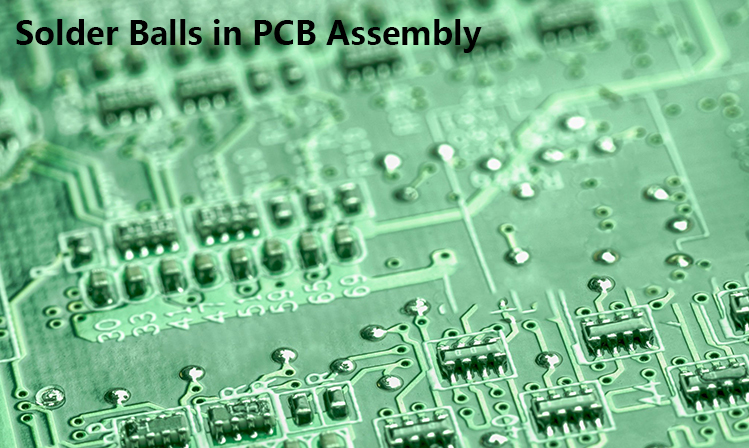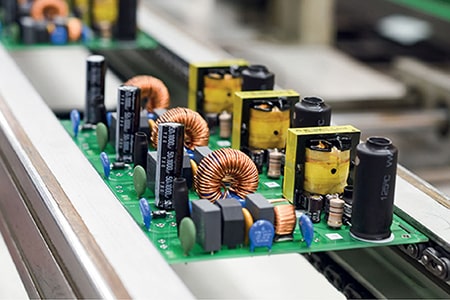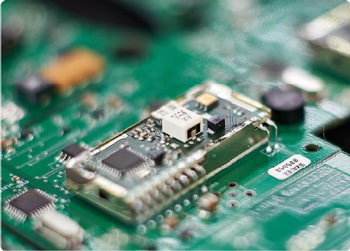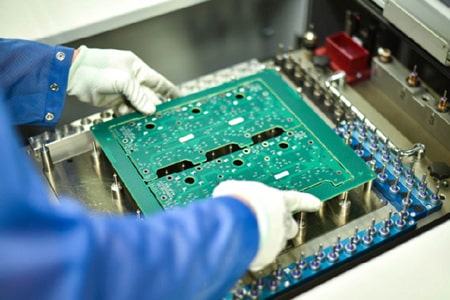Solder Balls in PCB Assembly
In PCB assembly manufacturing, one of the most common quality concerns is the presence of solder balls. These small spherical solder particles may look insignificant, but they are closely related to the reliability and performance of electronic products.

What Are Solder Balls?
A solder ball is a small sphere of solder that remains on the PCB surface after the reflow soldering process. They typically appear near solder joints, between fine-pitch pads, or randomly on the solder mask. In high-density PCB designs such as BGA (Ball Grid Array) and CSP (Chip Scale Package), solder balls are a major defect to monitor.
Causes of Solder Balls
Solder balls form due to multiple process-related reasons:
Excessive solder paste deposition during stencil printing.
Improper reflow profile, such as rapid heating or cooling.
Low-quality solder paste with poor metal content or flux balance.
Contaminated PCB surface or poor solder mask design.
Incorrect cleaning process, leaving flux residues that trap solder particles.
Risks of Solder Balls
Even though solder balls are small, they can lead to serious consequences:
Electrical short circuits between fine-pitch components.
Reduced insulation resistance, which affects high-frequency or high-voltage PCBs.
Lower long-term reliability, especially in automotive electronics, aerospace, and medical devices.
Product failure in harsh environments, where vibration or thermal cycling may detach solder balls and cause bridging.
How to Prevent Solder Balls in PCB Assembly
Professional PCB manufacturers apply strict process control to minimize solder ball defects:
Optimizing stencil design and solder paste printing parameters.
Maintaining a clean PCB surface and precise solder mask alignment.
Using high-reliability solder paste with stable viscosity.
Adjusting reflow soldering temperature profiles for gradual heating.
Performing AOI (Automated Optical Inspection) and X-ray inspection to detect solder ball defects.
Why It Matters for Global PCB Buyers
For international customers sourcing PCB assembly services, solder ball control is a critical quality factor. Buyers should confirm that suppliers:
Comply with IPC-A-610 standards.
Provide detailed defect rate reports.
Have experience with fine-pitch assembly, BGA, and HDI PCBs.
A pcb manufacturer that can demonstrate robust solder ball prevention ensures higher product reliability and lower failure rates, which is essential in today’s competitive electronics market.







